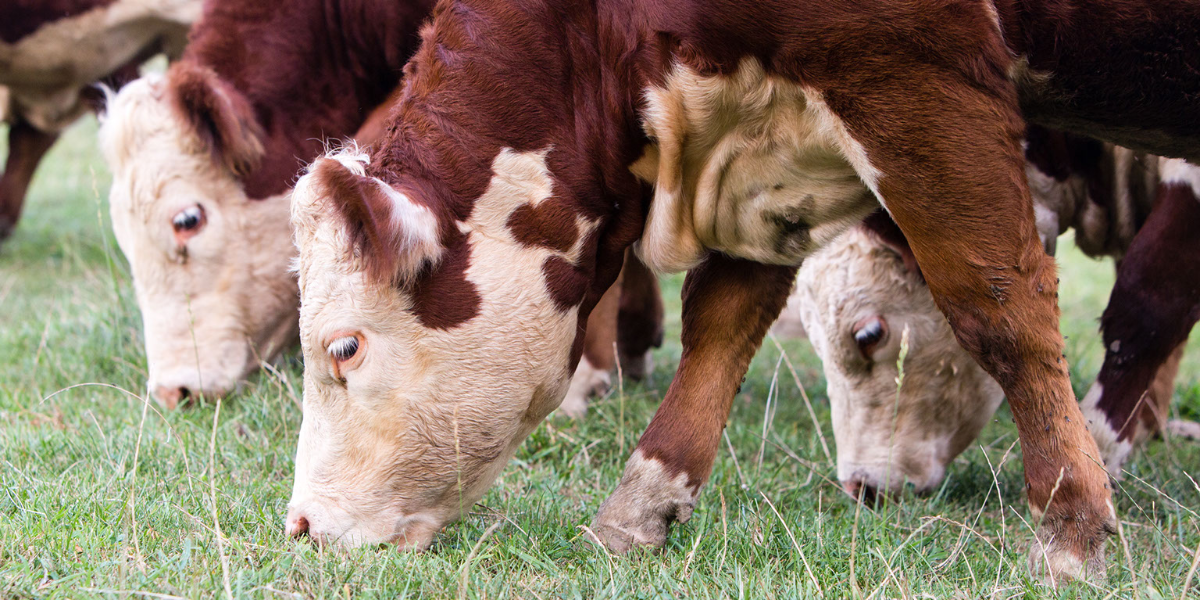Meat and Livestock Australia says the nation’s cattle herd is on track to be the biggest in nearly a decade in 2023, thanks to producers successfully rebuilding their herds after years of drought.
2023 will be a year of transition and maturity for Australia’s cattle herd, with any increases in numbers now beyond rebuild status, with all key production metrics forecast to improve this year, according to the latest Cattle Industry Projections update.
Continued rainfall and favourable seasonal conditions seen last year will ensure that there will be solid supply of both young and slaughter weight cattle over the next two years, regardless of seasonal outcomes.
Southern Australia will continue to drive increases in cattle numbers, particularly New South Wales, with supply improvements also expected from southern Western Australia, South Australia and Victoria to different extents.
In the north, 2022 saw favourable seasonal conditions for large parts of Queensland, driving the beginning of the state’s herd rebuild and an improvement in female numbers. Northern Australia’s rebuild is expected to gain significant pace this year.
Overall, the cattle herd in 2023 will grow to its highest level since 2014, reaching 28.8m head, an increase of 1.1m or 4.5% year-on-year. According to MLA’s Senior Market Information Analyst Ripley Atkinson, this growth is underpinned by a few key factors.
“The record retention of females for 15 consecutive months, coupled with above-average marking rates has delivered larger calf drops. This bodes well for supply to increase substantially in 2023 for both young and slaughter-weight cattle,” Mr Atkinson said.
“Both of these metrics suggest that the lowest or most significant retention of stock on record occurred for the year. This underpins the positive growth in numbers forecast for the next three years.”
By 2025, the national herd is expected to reach its highest level since the 1970s at 29.6 million head.
The availability of workforce to manage the increased supply of cattle in 2023 will be the major issue affecting the red meat industry. The processing sector’s ability to process cattle will determine production levels and exports for the year ahead.
MLA’s Market Information team have recognised this with a two-scenario forecast for 2023.
“If labour concerns are not addressed within the processing sector, slaughter is forecast to reach six million head,” according to Mr Atkinson.
“Based on actual supply of cattle this year, the forecasts indicate an uptick in numbers to 6,625,000 head.”
2023 will be a year of transition for the cattle industry according to Mr Atkinson.
“Positive outcomes along the entire supply chain seem likely as the exceptional operating conditions on-farm continue.
“The overall outlook for Australia’s beef industry both domestically and internationally is one of optimism and positivity, whilst it continues to deliver high quality beef in larger volumes, this is expected to be a major feature in 2023,” Mr Atkinson said.
View a full copy of MLA’s 2023 Cattle Industry Projections here.
On Thursday 2 February at 11am AEDT, the MLA Market Information team will be conducting its annual live webinar, presenting on the forecasts for the Australian cattle herd and market in 2023. To register for the webinar, click here.
Got something you want to say about this story? Have your say on our opinion and comment hub, New England Times Engage


